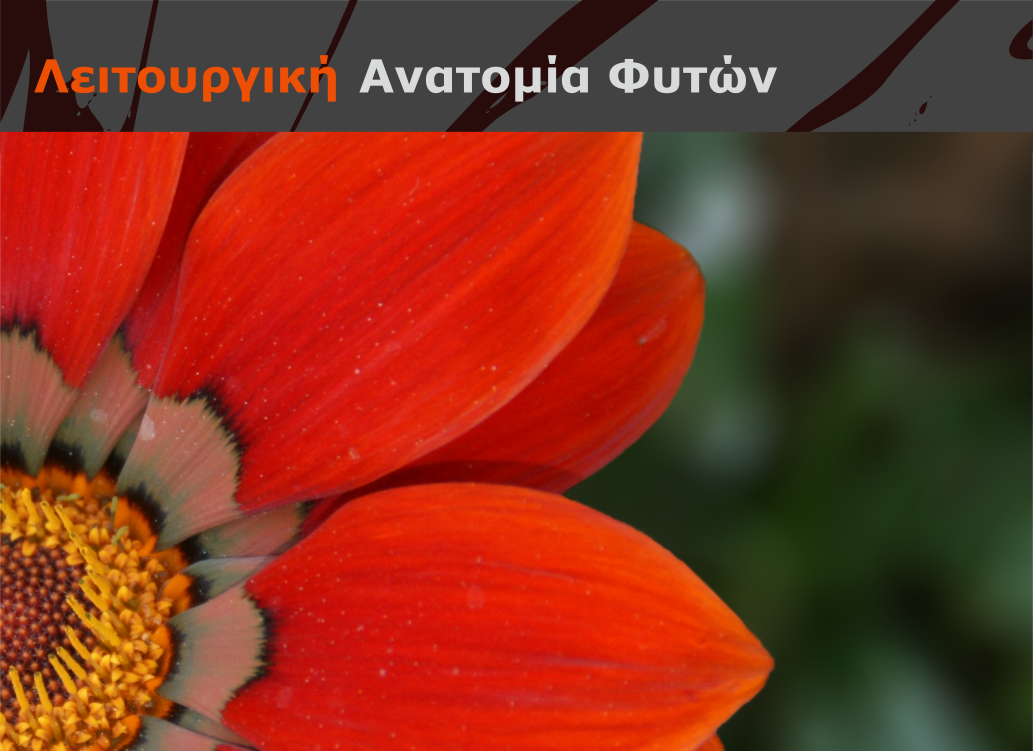The first part of the course provides a historical review of the evolution of microscopes, provides interpretation of images obtained by different types of microscopes and also refers to the importance of evolution in shaping the structures of plant species. The second section presents the structure and function of typical plant cells, the third section presents the structure and function of plant tissues, and the fourth section presents the structure and function of plant organs. The course aims for students to learn the levels of organization of a plant organism (cells-tissues-organs) with special emphasis on structure-function relationships, so that they acquire the background knowledge required by a series of courses (especially of productive laboratories) that will be taught in the following years of the study program.


